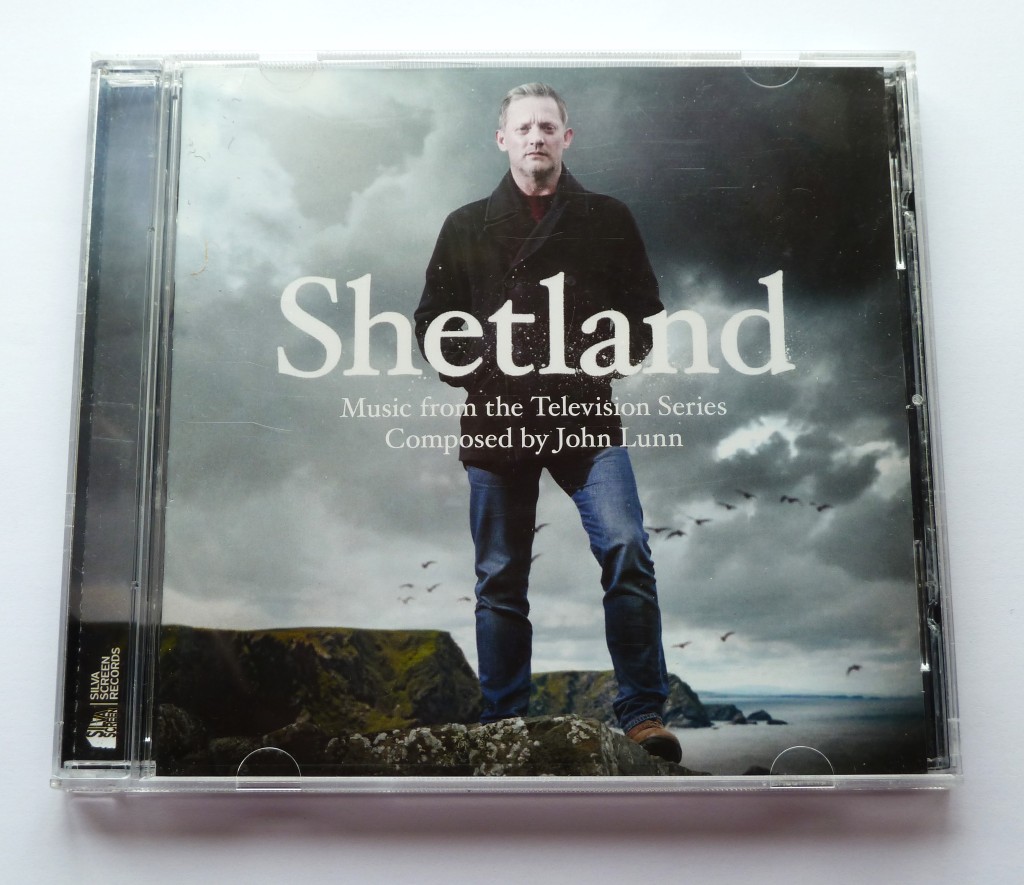19 June 2024 – Dr Sophie Louisa Bennett, PhD Conservation Biology (Lincoln 2016), MA Modern and Medieval Languages – German and Swedish (KC 1987, Cantab 2020)

Midsummer is approaching again. So why not get in the mood by listening to some classical music I have always felt especially suited to expressing its sheer specialness by Hugo Alfvén (1872 – 1960): Swedish Rhapsody No. 1 (Opus 19). You can hear the sun rising in this piece called Midsommarvaka in Swedish (Midsummer Watch). A cor anglais no less introduces the central “hauntingly beautiful melody which evokes the stillness of the Swedish night […] There should be no difficulty for the listener to hear in this music the moment when the sun rises or to imagine when the merrymaking starts on Midsummer Day. Like Vaughan Williams in England, Alfvén derived much of his inspiration from folk music. He was the first Swedish composer to use folk music in symphonic form and Midsommarvaka contains several of these elements. The catchy tune which beins the rhapsody, for instance, is said to go back to a melody that Alfvén had heard whistled by a farmer in the region of eastern Sweden called Roslagen.” There is no attribution for these words from the cassette sleeve of an EMI Records compilation of 1982 (see below) which I had at King’s Cambridge and which was both mocked (on acount of Lumbye‘s The Copenhagen Steam Railway Gallop) and loved enough to have been used by the Organ Scholar for his dissertation piece (but that was Wirén). Praeludium by Järnefelt (a Finn), also on the tape, might also be midsummer-worthy.
If you prefer, there is also a very suitable alternative recording of seasonal Swedish music by Alfvén from the Royal Scottish National Orchestra under Niklas Willén: Dalarapsodi, Opus 47 (Svensk rapsodi nr. 3); En skärgårdenssägen, Op. 20 (Legend of the Skerries/Archipelago); Symphony No. 3 in E major, Op. 23.
Alfvén is regarded as representing the spirit of Sweden and its countryside. He was however no narrow ‘provincial’, but a highly sophisticated musician who spent 10 years travelling throughout Europe. Nor were his talents confined to music: he was a write and an accomplished water colourist who once contemplated a career as a painter (notes from a translation by Kerstin Swartling).
The front cover of the CD I have however does not feature any of Alfvén’s paintings but one (albeit ‘flipped’) by Anders Zorn (1860 – 1920) “Outside” aka “Outdoors“, featuring three naked women indulging in some wild swimming, assuming they will be unobserved, presumably somewhere on the archipelago. Hence perpetuating the (stereotypical?) image of Swedes being free and easy with their bodies. I wonder if this ploy was at all successful in selling the recording…

Albert Goodwin, RWS (1845 – 1932) – “Right“, the painting on the front cover of Swedish Rhapsody, looks Scandinavian but I have no idea why Goodwin was chosen over a Scandinavian artist, other than the fact that the cassette compilation was recorded mostly by UK orchestras, notably both the Bournemouth Symphony Orchestra and Bournemouth Sinfonietta.
https://www.tate.org.uk/art/artists/albert-goodwin-215




